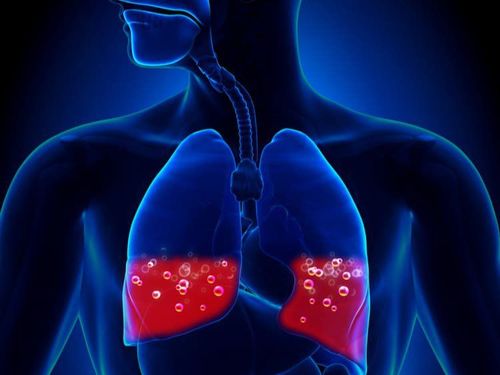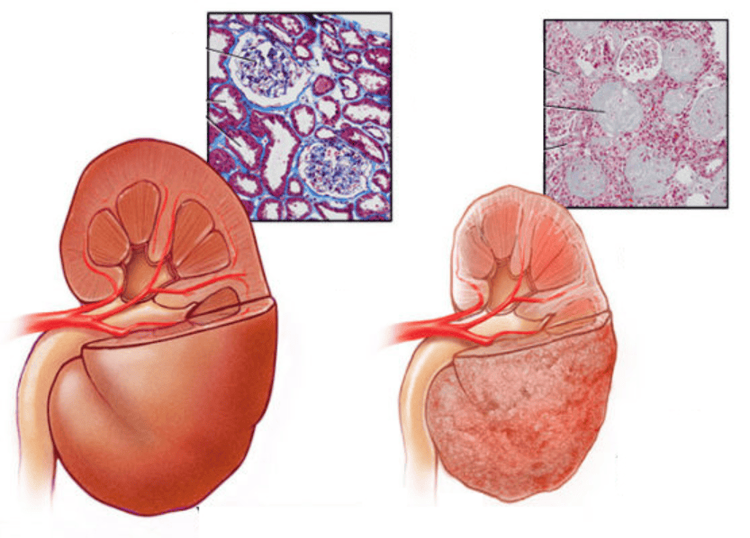This is an automatically translated article.
One of the common malaria symptoms is repeated high fever accompanied by chills, the patient's body temperature is at least 38.9 degrees Celsius. This is the first symptom appearing in the patient. , usually about 10-15 days after a mosquito bite.
1. What is malaria?
Malaria is one of the most common infectious diseases and a very serious public health problem. The disease is caused by the protozoa parasite of the genus Plasmodium. When a healthy person is bitten by an anophen mosquito, the parasite will be transmitted into the blood vessels causing the disease.
Blood-borne diseases. There are 4 modes of disease transmission including:
Mosquito transmission: This is the main mode. Due to blood transfusion in the presence of parasites that cause malaria. Because the mother transmits the disease to her baby when the placenta is damaged (this is rare). Injecting: It is caused by sharing needles contaminated with blood contaminated with malaria parasites.
2. How long does malaria last?
The average incubation period for malaria is 9 to 30 days, even as long as a year, and varies depending on the type of malaria parasite. Accordingly, a typical fever goes through 3 stages: High fever, chills, sweating and the cycle of fever varies according to the type of parasite causing the disease:
P. falciparum fever: The fever takes place. daily. The fever is severe in nature, causing severe malarial episodes and death if not treated promptly. P.vivax fever : Fever usually occurs every other day. That is, 1 fever every day. Fever caused by P.malariae and P.ovale: It is possible to have a fever every other day or a fever every 3 days.
3. Complications of Malaria
People with recurrent malaria are very susceptible to liver dysfunction, hepatitis, kidney failure.... Therefore, people with malaria need good treatment and prevention to avoid re-infection and re-infection. lead to dangerous complications.
Complications and consequences of malaria include:
Liver dysfunction: The patient is thin, or has digestive disorders, cholesterol is reduced. Easy nosebleeds, bleeding gums.... Chronic hepatitis: Enlarged liver, sharp edges, firm touch, makes patients tired, slow digestion leading to digestive disorders... Laparoscopy or childbirth liver examination showed pictures of chronic hepatitis. Cirrhosis develops after hepatitis along with splenomegaly. Enlarged spleen is a characteristic symptom of malaria. The longer and more sick the patient is, the larger the spleen becomes. When the spleen is enlarged, the red blood cells are infected with the malaria parasite and the red blood cells contain antigens. Hypersplenism: People with malaria in the early stages of infection, if the disease is prevented and treated well, when the fever and parasites are gone, the spleen can shrink. Glomerulonephritis : Caused by the malaria parasite P.falciparum causing thrombosis. Lung damage and acute pulmonary edema. Acute pulmonary edema causes the patient to have respiratory failure.

Sốt rét gây nên những biến chứng nguy hiểm như tổn thương phổi, phù phổi
Children with malaria causes nephrotic syndrome. Edema: Edema in the legs and face, thick abdominal skin, low blood protein... caused by malnutrition. Causes anemia: This is a common symptom in patients with malaria. It is caused by the malaria parasites that destroy red blood cells in the blood. The degree of anemia depends on the number of infected red blood cells and the duration of the disease. Some other complications such as: Lack of folic acid in the blood, low blood sugar, pain and inflammation of the nerves...
4. Signs to recognize malaria
The following signs will help you know that you are infected:
4.1 High fever, chills
One of the common malaria symptoms is a high fever repeated many times, the patient's body temperature is at least 38.9 degrees Celsius. This is the first symptom that appears in the patient, usually around 10-15 days after mosquito bite. Other basic symptoms of malaria are intense shivering and profuse sweating. When the illness becomes severe, the tremors can be so severe that they are almost convulsions.
4.2 Headache and muscle pain
The secondary symptom of malaria is headache accompanied by muscle aches. The severity of the headache lasts from moderate to severe depending on the patient. Initially, the headache of malaria is quite mild, like a tension headache. But once the parasite has started infecting and destroying red blood cells, the pain becomes more intense, like a migraine. Accompanying aches and pains, they often appear in the leg muscles and back muscles.
4.3 Vomiting and diarrhea
Other secondary, non-specific symptoms of malaria are vomiting and diarrhea. These two symptoms are often combined and occur several times a day.
Malaria diarrhea is not very serious and is not bloody. This symptom will disappear after a few days.
4.4 Other signs of malaria
Confusion, repeated convulsions, coma and neurasthenia Severe anemia, abnormal bleeding, shortness of breath and respiratory failure Jaundice, Kidney failure, liver failure, enlarged spleen Very low blood pressure.

Bên cạnh đó, sốt rét có thể gây nên suy nội tạng như: suy thận, suy gan...
5. How to prevent malaria
When sleeping, you must use a mosquito net, it is best to sleep under a mosquito net impregnated with chemicals; Wear long clothes when working at night, apply mosquito repellent on exposed skin. Smoke or burn incense to repel mosquitoes at night. House cleaning and tidying; thoroughly place mosquitoes in the house; clearing bushes around houses; fill stagnant water puddles, stagnant ponds; Clearing sewers, moving livestock barns away from home. Spraying insecticides: this is the best and positive measure for malaria-endemic areas. High-risk subjects who live, work, study or go in and out of malaria-endemic areas need to take anti-malarial drugs according to guidelines and regulations. When you suspect that you have malaria, you need to immediately go to the nearest medical facility for examination and treatment, to prevent spreading the disease to healthy people. For detailed advice on malaria as well as the medical examination and treatment process at Vinmec, please come directly to Vinmec health system or register for an online examination HERE.
SEE ALSO:
Recognizing signs of severe malaria Tests for malaria parasites Common lesions due to severe malaria













